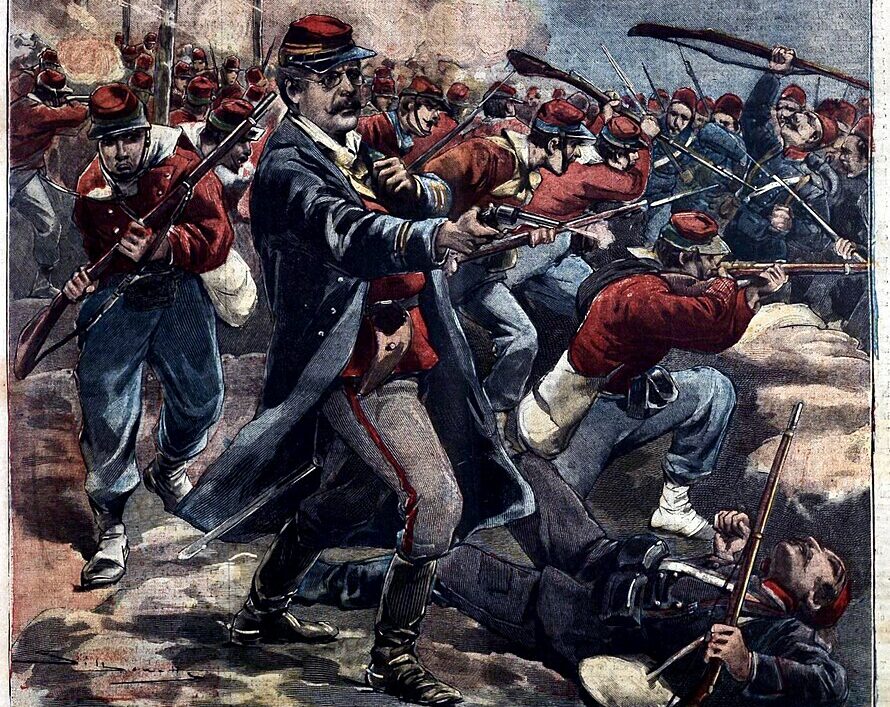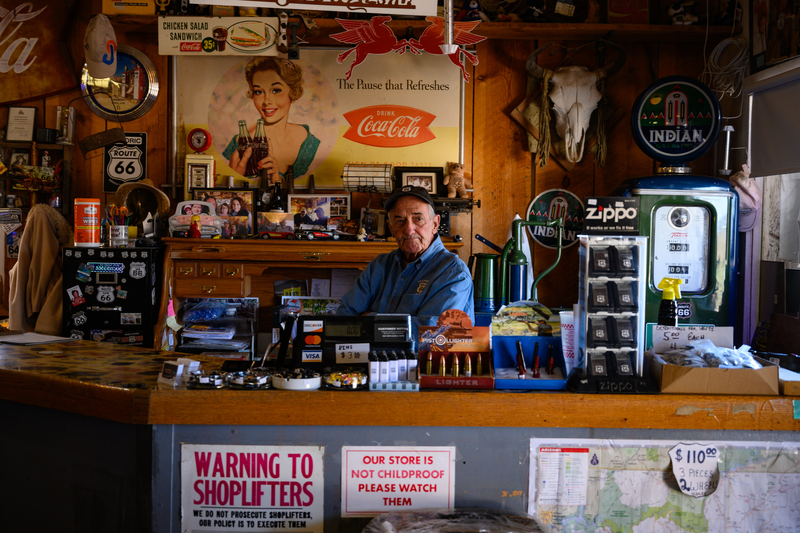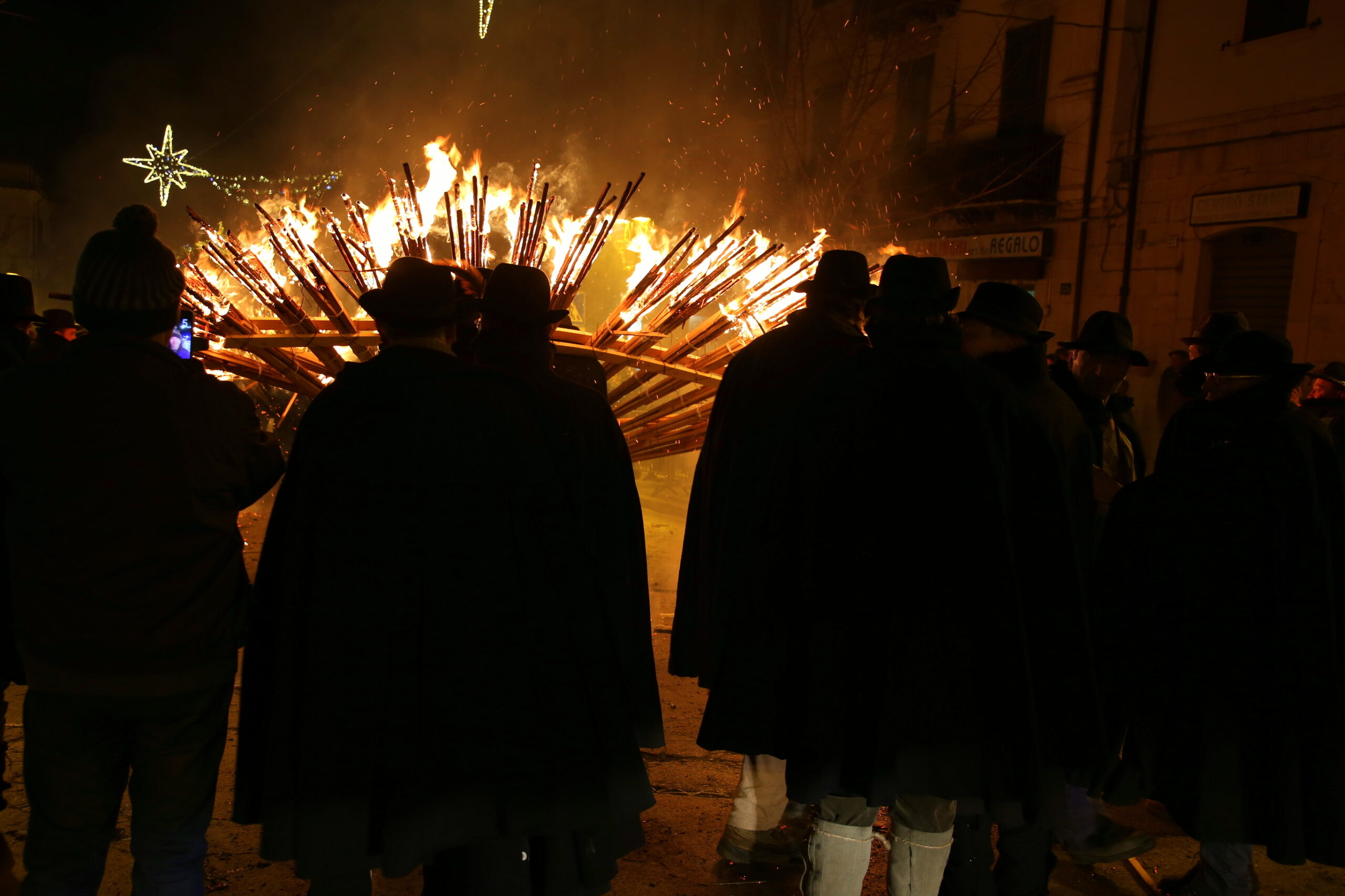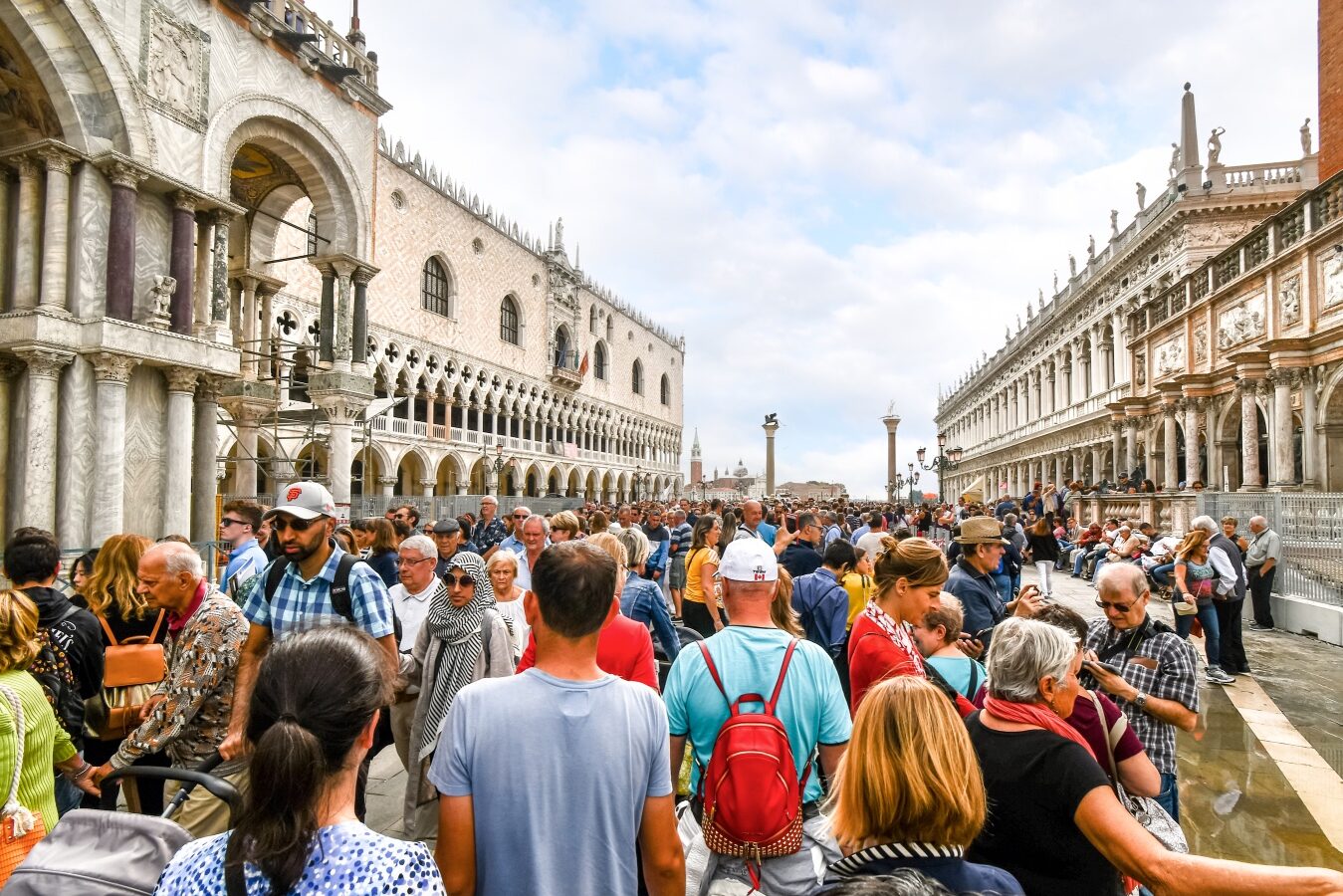Dear Readers,
Flag Day, June 14, 2023, is the anniversary of the adoption of our American flag, June 14, 1777. First designated for US observance in 1895, it is not a legal holiday but is widely celebrated, especially in schools and by a general display of flags in homes, stores, and public buildings, since the World Wars.
***
Italy’s Tricolore Flag is red, white and green. Those colors represent the three cardinal virtues: hope (green), faith (white) and charity (red), as Dante explained in the Divine Comedy. The green is next to the pole, the white is in the middle, and the red at the end. Like many other European flags, its design was inspired by the flag of the French Revolution, which was red, white and blue.
In 1796, when Italy was still divided, Napoleon authorized its official use in parts of Northern Italy. The following year, it was officially adopted as the flag of the small city-states of Bologna, Ferrara, Modena and Reggio-Emilia. Later, it was adopted by many of the other city-states Italy was composed of prior to its unification. During the revolutionary period of 1821-1831, when young Italians fought to unify the country, the Tricolore was adopted as the emblem of reunification by the Giovine Italia (Young Italy) movement. When Italy was finally united under the Royal House of Savoy in 1861, the King’s coat of arms was added to the flag on the white portion. About 85 years later, in 1946, the Savoy coat of arms was removed after Italy became a republic. The national flag of the Italian republic must be honored at all public events. When other flags – such as the city banner or othr local standards – are displayed, the Tricolore must occupy the place of honor: above the others or to the right.
***
Garibaldi’s Red Shirts were purchased in South America during his exile from Italy. Giuseppe Garibaldi was involved in military action in South America and, while he was fighting in Uruguay, his men needed a uniform. The best they could come up with was a red shirt because while thinking of a suitable uniform, they came upon a slaughterhouse where the workers wore red shirts so that the stains from the blood of the animals would not be too conspicuous on their clothes. So in 1843 in Uruguay, his men first sported the red shirts associated with Garibaldi, which were said to have been obtained from a factory in Montevideo that had intended to export them to Argentina.
The Redshirts inspired Benito Mussolini when he formed the Italian fascist units of the Blackshirts. That, in turn, inspired Adolf Hitler’s Brownshirts.
The terms Redshirt and Garibaldino were also used to describe Italian volunteers in subsequent international conflicts, including in Poland, Greece, the Balkans, Spain and the Italian anti-fascist partisans in World War Two. The Redshirts were very popular and influenced many armies wordlwide, including in America. For examples, during the American Civil War, the Union’s Garibaldi’Guards wore red shirts as part of their uniform.
***
Giuseppe Garibaldi (1807-1882) died on June 2, 1882. The Italian patriot was involved in Mazzini’s movement to liberate Italy. He then fled from Italy and went to South America and there, he took part in several revolutions between 1834 and 1848. Garibaldi returned to Italy to raise a volunteer army for King Charles Albert of Sardinia. Defeated by Austria, he joined the revolutionary party in Rome and made military history.
He then embarked for the US and lived on Staten Island and returned to Italy in 1854 to organize 1,000 Red Shirts to aid his conquests in Italy. He landed in Sicily on May 11, 1860 and, 26 days later, made himself master of Palermo, wresting it from Francis II, King of Sicily. Garibaldi wanted a unified Italy under one king. In 1860, he presented to King Victor Emmanuel all the conquered territory, resigned his dictatorship and returned to Caprera. Still cherishing his dream of a united Italy, he made an alliance with Victor Emmanuel against Francis II and defeated him. Thus Victor Emmanuel became King of Italy in 1861.
***
Financier Bernard Baruch once said about the stockmarket crash of 1929: “I got out of the market when my shoeshine boy started talking about stocks.” He added that when shoeshine boys, barbers and beauticians can tell you how to get rich, it’s time to remind yourself that there is no more dangerous illusion than the belief one can get something for nothing. Baruch was referring to his own experience with Patrick Bologna, who in the 1920s was the self-appointed “Bootblack to Wall Street.” Bologna was known for dispensing tips and inside information he had been told by his customers.
Cari lettori,
Flag Day, 14 giugno 2023, è l’anniversario dell’adozione della nostra bandiera americana, 14 giugno 1777. Designata per la prima volta per l’osservanza degli Stati Uniti nel 1895, non è una festa legale ma è ampiamente celebrata, specialmente nelle scuole e con una generale esposizione di bandiere nelle case, nei negozi e negli edifici pubblici, sin dalle guerre mondiali.
***
La bandiera italiana, il Tricolore è rossa, bianca e verde. I colori rappresentano le tre virtù cardinali: speranza (verde), fede (bianco) e carità (rosso), come spiegò Dante nella Divina Commedia. Il verde è accanto al palo, il bianco è al centro e il rosso alla fine. Come molte altre bandiere europee, il suo design è stato ispirato dalla bandiera della Rivoluzione francese, che era rossa, bianca e blu.
Nel 1796, quando l’Italia era ancora divisa, Napoleone ne autorizzò l’uso ufficiale in alcune parti del Nord Italia. L’anno successivo fu adottata ufficialmente come bandiera delle piccole città-stato di Bologna, Ferrara, Modena e Reggio-Emilia. Successivamente, fu adottata da molte delle altre città-stato di cui era composta l’Italia prima della sua unificazione. Durante il periodo rivoluzionario del 1821-1831, quando i giovani italiani combatterono per l’unificazione del Paese, il Tricolore fu adottato come emblema della riunificazione dal movimento Giovine Italia. Quando l’Italia fu finalmente unita sotto la Real Casa Savoia nel 1861, lo stemma del Re fu aggiunto alla bandiera sulla parte bianca. Circa 85 anni dopo, nel 1946, lo stemma dei Savoia fu rimosso dopo che l’Italia divenne una repubblica. La bandiera nazionale della Repubblica italiana deve essere onorata in tutti gli eventi pubblici. Quando sono esposte altre bandiere – come il gonfalone cittadino o altri stendardi locali – il Tricolore deve occupare il posto d’onore: sopra le altre bandiere o a destra.
***
Le camicie rosse di Garibaldi furono acquistate in Sud America durante il suo esilio dall’Italia. Giuseppe Garibaldi fu coinvolto in azioni militari in Sud America e, mentre combatteva in Uruguay, i suoi uomini avevano bisogno di una divisa. Il meglio che riuscirono a trovare fu una camicia rossa perché mentre pensavano a un’uniforme adatta, si imbatterono in un mattatoio dove gli operai indossavano camicie rosse in modo che le macchie del sangue degli animali non fossero troppo evidenti sui vestiti. Così nel 1843 in Uruguay i suoi uomini sfoggiarono per la prima volta le camicie rosse associate a Garibaldi, che si diceva arrivassero da una fabbrica di Montevideo che aveva intenzione di esportarle in Argentina.
Le Camicie Rosse ispirarono Benito Mussolini quando formò le unità fasciste italiane delle Camicie Nere. Questo, a sua volta, ispirò le camicie brune di Adolf Hitler.
I termini Camicie Rosse e Garibaldino furono usati anche per descrivere i volontari italiani nei successivi conflitti internazionali, tra cui Polonia, Grecia, Balcani, Spagna e i partigiani antifascisti italiani nella seconda guerra mondiale. Le Camicie Rosse furono molto popolari e influenzarono molti eserciti in tutto il mondo, anche in America. Ad esempio, durante la guerra civile americana, le Garibaldi’Guards dell’Unione indossavano camicie rosse come parte della loro uniforme.
***
Giuseppe Garibaldi (1807-1882) morì il 2 giugno 1882. Il patriota italiano fu coinvolto nel movimento di Mazzini per liberare l’Italia. Quindi fuggì dall’Italia e si recò in Sud America e lì prese parte a diverse rivoluzioni tra il 1834 e il 1848. Garibaldi tornò in Italia per radunare un esercito di volontari per il re Carlo Alberto di Sardegna. Sconfitto dall’Austria, aderì al partito rivoluzionario di Roma e fece la storia militare.
Si imbarcò quindi per gli Stati Uniti e visse a Staten Island e tornò in Italia nel 1854 per organizzare 1.000 Camicie Rosse per sostenere le sue conquiste in Italia. Sbarcò in Sicilia l’11 maggio 1860 e, 26 giorni dopo, si fece padrone di Palermo, strappandola a Francesco II, re di Sicilia. Garibaldi voleva un’Italia unita sotto un unico re. Nel 1860 donò al re Vittorio Emanuele tutto il territorio conquistato, si dimise dalla dittatura e tornò a Caprera. Continuando a coltivare il suo sogno di un’Italia unita, si alleò con Vittorio Emanuele contro Francesco II e lo sconfisse. Così Vittorio Emanuele divenne re d’Italia nel 1861.
***
Il finanziere Bernard Baruch una volta disse del crollo del mercato azionario del 1929: “Sono uscito dal mercato quando il mio lustrascarpe ha iniziato a parlare di azioni”. Ha aggiunto che quando i lustrascarpe, i barbieri e gli estetisti possono dirti come diventare ricchi, è tempo di ricordare a te stesso che non c’è illusione più pericolosa della convinzione di poter ottenere qualcosa per niente. Baruch si riferiva alla sua esperienza con Patrick Bologna, che negli anni ’20 si era autoproclamato “lustrascarpe a Wall Street”. Bologna era noto per dispensare mance e informazioni privilegiate che gli erano state comunicate dai suoi clienti.
***































